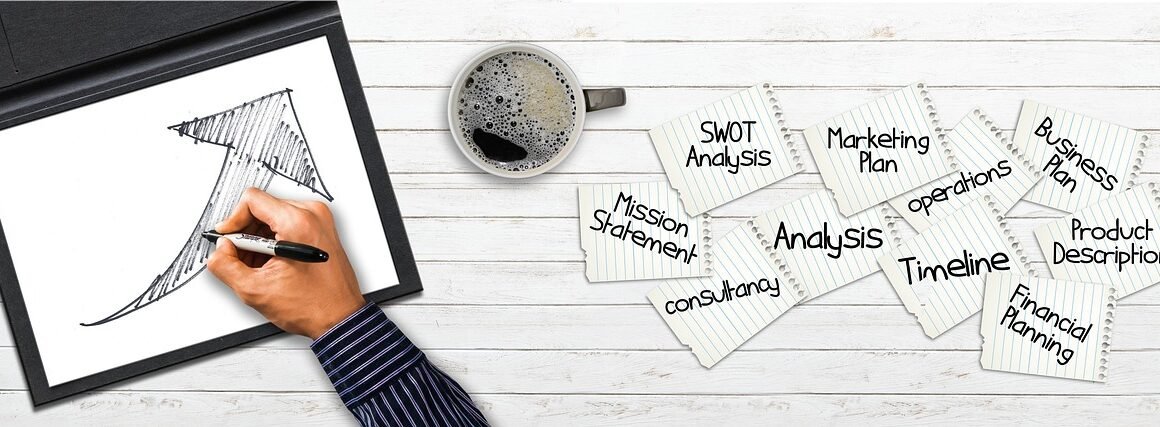In today’s fast-paced world, mastering the art of budgeting is more important than ever. Whether you’re aiming to save for a dream vacation, pay off debt, or build a nest egg for retirement, a well-structured budget can help you achieve your financial goals. This comprehensive guide will walk you through the essentials of budgeting, helping you regain control over your finances while equipping you with practical tools and strategies.
The Importance of Budgeting
Budgeting is not just about keeping track of your income and expenses; it’s a fundamental skill that offers numerous benefits:
- Financial Control: Helps you keep spending in check.
- Goal Setting: Facilitates saving for specific financial objectives.
- Stress Reduction: Provides a clearer picture of your financial situation, reducing anxiety about money.
- Informed Decisions: Aids in making informed financial choices.
- Preparation: Prepares you for unexpected expenses.
Types of Budgets
Understanding the different types of budgets can help you choose the one that best suits your needs.
1. Zero-Based Budget
Every dollar is assigned a purpose, making it a precise tracking system.
- Great for those wanting to maximize every cent.
- Encourages conscious spending.
2. 50/30/20 Budget
Divides your income into three categories for simplicity.
- 50%: Needs (housing, utilities, groceries)
- 30%: Wants (entertainment, dining out)
- 20%: Savings (retirement, emergencies)
3. Envelope System
A cash-based budgeting method where physical envelopes are used for spending categories.
- Helps control cash flow and spending.
- Effective for categories that often exceed budgets.
Creating Your Budget
A well-structured budget begins with a clear understanding of your financial situation. Here’s how you can create one:
Step 1: Track Your Income
- Identify all sources of income (salary, side hustles).
- Calculate your total monthly income.
Step 2: List Your Expenses
- Divide expenses into fixed (rent, insurance) and variable (groceries, entertainment).
- Add up total monthly expenses.
Step 3: Compare Income Against Expenses
Subtract your total expenses from total income to see if you have a surplus or deficit.
Step 4: Adjust Accordingly
- If you’re in deficit, consider reducing discretionary spending.
- Look for areas to increase income.
Tools and Apps for Budgeting
Utilizing tools can simplify the budgeting process immensely. Here are some popular options:
1. Spreadsheet Software
Programs like Microsoft Excel or Google Sheets allow for customizable budgets.
2. Budgeting Apps
- Mint: Tracks expenses and provides insights.
- You Need a Budget (YNAB): Focuses on proactive budgeting.
- EveryDollar: Simple interface for budgeting users.
Reviewing and Adjusting Your Budget
Budgeting is an ongoing process. Regular reviews ensure your budget remains relevant:
Schedule Regular Reviews
- Set a monthly date to review your budget.
- Adjust for income changes or unexpected expenses.
Celebrate Milestones
Recognizing achievements can motivate continued budgeting success. Consider:
- Rewarding yourself for reaching savings milestones.
- Adjusting your budget for occasional fun activities.
Conclusion
Budgeting is a key pillar of financial health, providing control, knowledge, and peace of mind. By crafting a budget that works for you—whether it’s a zero-based budget or a simple 50/30/20 plan—you take the first step toward informed financial decision-making. Utilize various tools and approaches, regularly review your financial situation, and make adjustments as needed. With diligence and strategy, you can achieve your financial goals, one budget at a time.




